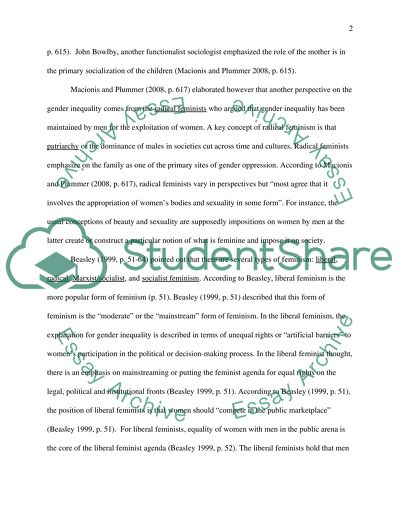Cite this document
(“How has gender inequality been explained (Answer with reference to a Essay”, n.d.)
Retrieved from https://studentshare.org/environmental-studies/1407853-how-has-gender-inequality-been-explained-answer
Retrieved from https://studentshare.org/environmental-studies/1407853-how-has-gender-inequality-been-explained-answer
(How Has Gender Inequality Been Explained (Answer With Reference to a Essay)
https://studentshare.org/environmental-studies/1407853-how-has-gender-inequality-been-explained-answer.
https://studentshare.org/environmental-studies/1407853-how-has-gender-inequality-been-explained-answer.
“How Has Gender Inequality Been Explained (Answer With Reference to a Essay”, n.d. https://studentshare.org/environmental-studies/1407853-how-has-gender-inequality-been-explained-answer.


